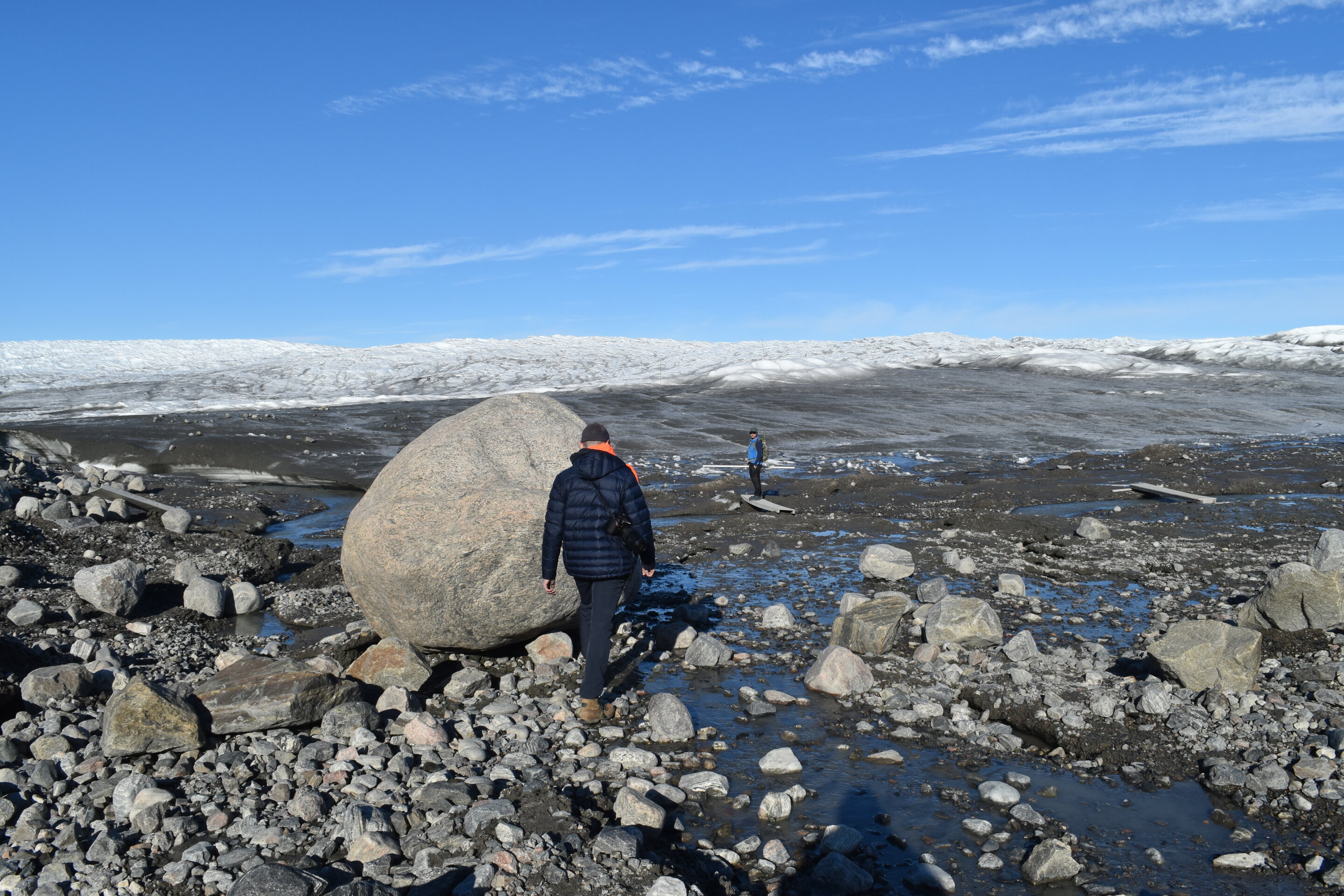mspohr
Well-Known Member

Visualised: how all of G20 is missing climate goals — but some nations are closer than others
As world leaders gather at Cop28, these charts show how far away the major economies are from their targets
Not a single G20 country has policies in place that are consistent with the Paris agreement’s goal of limiting global heating to 1.5C and meeting their “fair share” of emissions reduction.
The US’s forecast 2030 emissions of more than 5bn metric tonnes is significantly higher than the 1.9bn metric tonnes it was allocated by the analysts under a 1.5C-compatible fair share model. The US has so far achieved about one-third of its 2030 emissions reduction target and took a major step forward with Joe Biden’s Inflation Reduction Act, which included promising signs including investments in clean energy.
When explaining the fair share classifications, a researcher at the Climate Action Tracker said: “Assessing what is fair depends on the viewpoint and interests of governments. Many consider it fair that those who have made a bigger contribution to the problem, or who have a higher capability to act, should do more. To create our ranges, we compiled a wide range of perspectives on what is considered a fair contribution to greenhouse gas reductions: so-called effort-sharing studies.”





